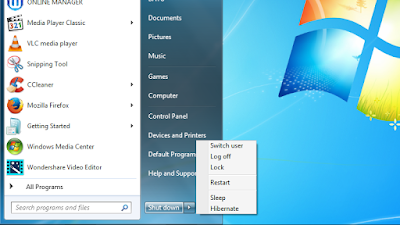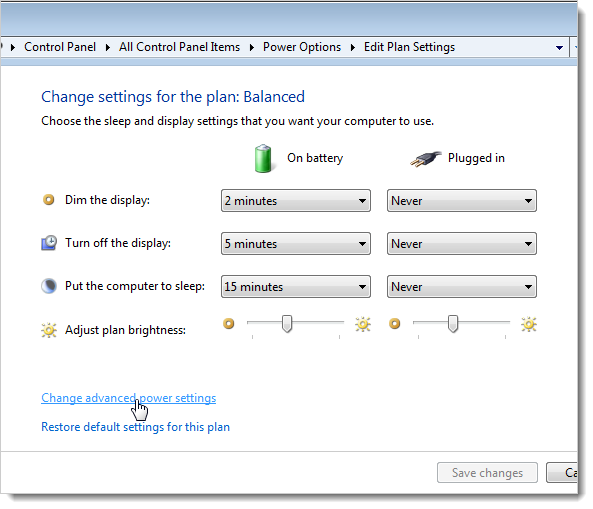

However, when you want to use your PC again, you’ll have to turn it on and go through the typical boot-up process, waiting for your hardware to initialize and startup programs to load. A PC that’s shut down uses almost no power. When you shut down your PC, all your open programs close and the PC shuts down your operating system. Shut Down: This is the power-off state most of us are familiar with.If you do leave it on all the time, it's a good idea to turn it off at least once a week to let the computer reset itself.RELATED: What's the Difference Between Sleep and Hibernate in Windows?Įach of the four power-down states appears to shut off your computer, but they all work differently. Of course, you should avoid turning your computer off and on frequently, but it's fine to shut down your computer daily. Shutting down the computer saves energy and allows the computer to be refreshed. They explained that this would save wear and tear on the hard drive and other computer components.
Sleep vs hibernate on laptops windows#
That way, when you power the computer back up by pressing the power button, you will be returned more quickly to the desktop exactly as you left it.įor a more detailed explanation of power states on Windows PC's, see the "Information Week" Langa Letter at To shut down or not to shut downīack in the dark ages of computing, many tech support specialists advised that the computer never (or rarely) be shut down. Before doing so, it saves all the current settings to a special file on the hard drive. When a PC is put into hibernation mode, it actually shuts down and does not use any power. Hibernation is another state that is available on Windows PCs. It is better to shutdown your computer when traveling between networks, or restart when you arrive at a location with a different wireless network.

Wireless network connections sometimes do not refresh when you move from one network to another in sleep mode.It is best to simply shut down your computer if you are not going to be using it for 12 or more hours. Your computer needs to be restarted periodically to be refreshed and to perform some routine maintenance.If the battery was drained, you must plug in the laptop before it will wake. If you do this, your computer may power down while sleeping and will require that you press the power button to wake it. Laptops still use some power when sleeping, so you don't want to put it to sleep if your battery charge is low, especially if you won't be plugging it in soon.There are, however, some times when it is better to simply shut off the computer, rather than putting it to sleep or standby. By all means, put your laptop to sleep as you travel from building to building on campus. Sleep is a handy way to safely move a laptop computer from point A to point B, as it turns off the hard drive this prevents potential damage to files. But, how do you know what state to leave it in when you know you won't be using the computer for a while? Sleep (Mac) or Standby (PC)

Even desktop computers are programmed to blank the monitor, and spin down the hard drive and the cpu during periods of inactivity.

Modern computers are equipped with several features that conserve power. In this tech tip, you'll learn when to put your computer or laptop to sleep, and when it's better to shut down.


 0 kommentar(er)
0 kommentar(er)
